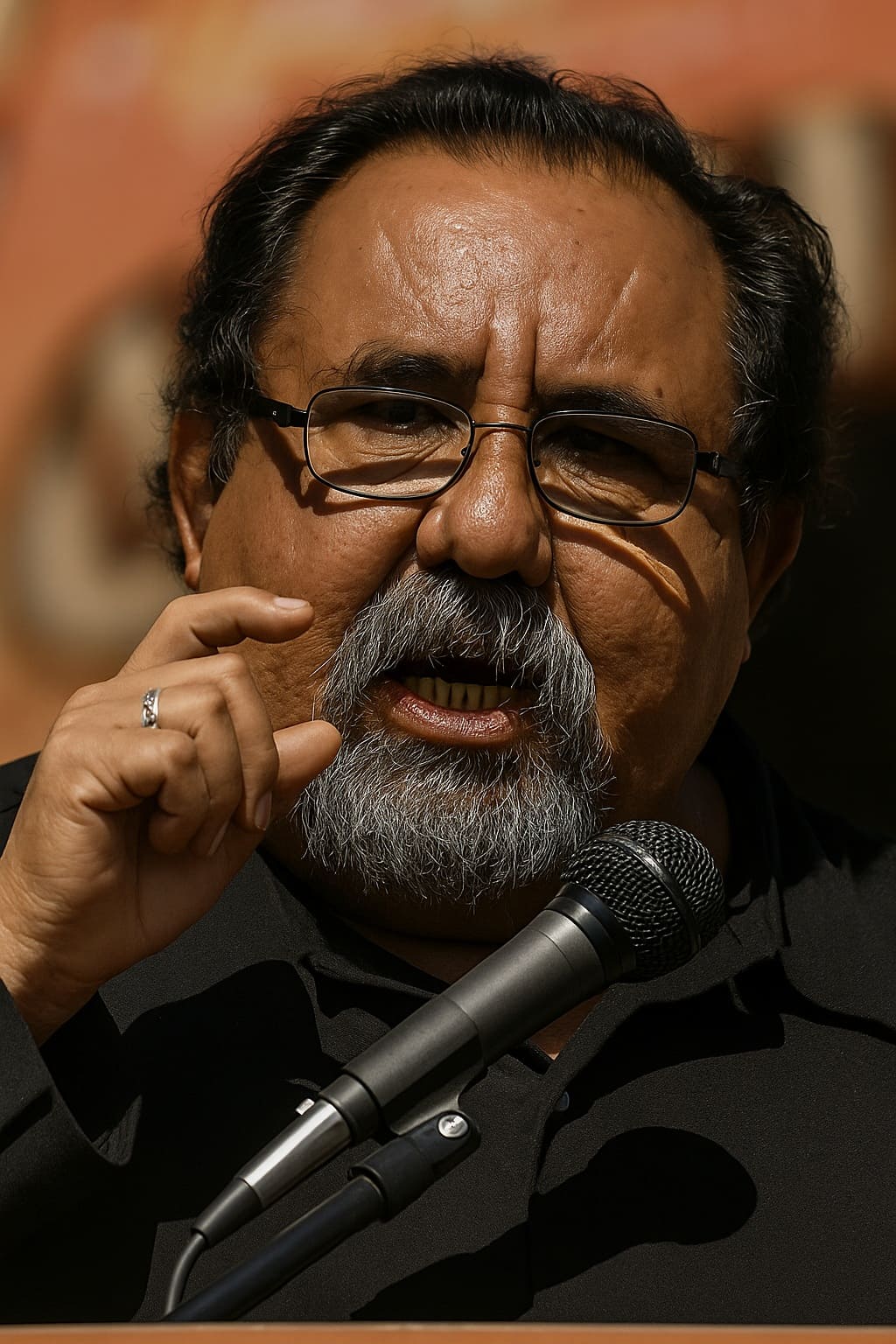Overview
The incident involving a toxic substance mailed to Congressman Raul Grijalva of Arizona in October 2010 drew national attention to threats against public officials and the rise of politically motivated violence. Authorities investigated the event after a suspicious envelope containing a white powder and swastika drawings arrived at the congressman’s Tucson office.
Incident Details
According to reports, a staff member discovered an envelope with white powder inside and contacted the Tucson Police Department. The office was placed on lockdown, and the Federal Bureau of Investigation (FBI) joined the investigation.
The substance was later identified as toxic. Representative Grijalva confirmed that the FBI informed him of the finding.
The envelope, marked with swastikas, was the latest in a series of threats directed toward the congressman following earlier public statements and political controversies.
Pattern of Violence and Threats
This incident occurred amid several other violent events linked to political extremism during the same period.
In one case, Byron Williams, a heavily armed individual, was arrested while allegedly planning to target the American Civil Liberties Union (ACLU) and the Tides Foundation. Another case involved Brendan L. O’Rourke, who fired on children at an elementary school in California while shouting political slogans.
These cases raised national concern about the influence of inflammatory rhetoric and its potential to provoke violent acts.
Expert Commentary
Experts on psychology and media communication noted the connection between aggressive public discourse and violent behavior.
Dr. Philip R. Muskin, a clinical psychiatrist at Columbia University Medical Center, described such rhetoric as “inflammatory” and “potent,” emphasizing that public figures should consider how their words might influence vulnerable individuals.
He added that when influential speakers present extreme views as truth, they may unintentionally encourage harmful behavior among listeners.
Related Developments
Around the same time, human rights advocates in Uganda reported a similar rise in inflammatory language targeting the LGBTQ community. A local newspaper published names and photographs of one hundred individuals under the headline “Hang Them,” prompting international concern about incitement and safety.
Both events highlighted the broader consequences of hate speech and the need for responsible communication in public life.
Broader Context
The investigation into the letter sent to Representative Grijalva underscored growing fears about the impact of extremist language and threats directed at elected officials. Authorities and civil rights groups called for stronger public condemnation of hate-motivated acts and reinforced the importance of distinguishing free expression from incitement.
